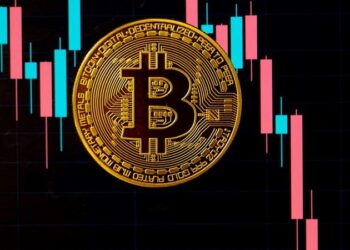As many institutional investors and global banks search for regulated crypto assets to invest in, Arcoin created by Arca Labs seems to solve such needs.
The ArCoin is built on the Ethereum blockchain and represents stakes in Arca’s U.S. Treasury Fund, which is regulated by the American Securities and Exchange Commission. Also, it is made up of 80% U.S. Treasury securities.
The Arca’s U.S. Treasury Fund can be traced through a customized platform, which enables peer-to-peer transactions. However, for the time being, ArCoin is unavailable on any major securities exchanges.
READ MORE: Tether market capitalization surges close to $10 Billion
In a prospectus filed with the SEC in April 2019 for the then-developing ArCoin, Arca explained that:
“In the future, Arca UST Coins may be tradeable on a public decentralized or centralized electronic exchange platform that is registered with the SEC as an alternative trading system (“ATS”), although there is no guarantee any such systems or platforms will be available.”
Quick fact; The Fund’s shares (“ArCoins” or “shares”) can be transferred in peer-to-peer transactions on Ethereum, an open, public, distributed ledger that is secured using cryptography (referred to as a “blockchain”).
READ ALSO: Zilliqa, the fast-rising cryptocurrency that has gained more than 845% since March
Ethereum records transactions between two parties in a verifiable and permanent way referred to as “immutability.”
There are no share certificates, and because the shares can be transferred in peer-to-peer transactions using Ethereum’s technology, the shares are characterized herein as “digital securities.” For more information, including the costs and risks of effecting transactions on Ethereum, see “Peer-to-Peer Transactions,” “About the Digital Securities” and “Risks of Digital Securities.
Download the Nairametrics News App
In addition, Jerald David, president of Arca Capital Management, which oversees Arca Labs, explained to Cointelegraph of their intentions in using Treasury-based assets:
“We wanted to create an instrument that invests in traditionally lower-volatility assets and the U.S. Treasury’s were an ideal choice from that perspective.”






















It was quite informative. Thank you Sir.